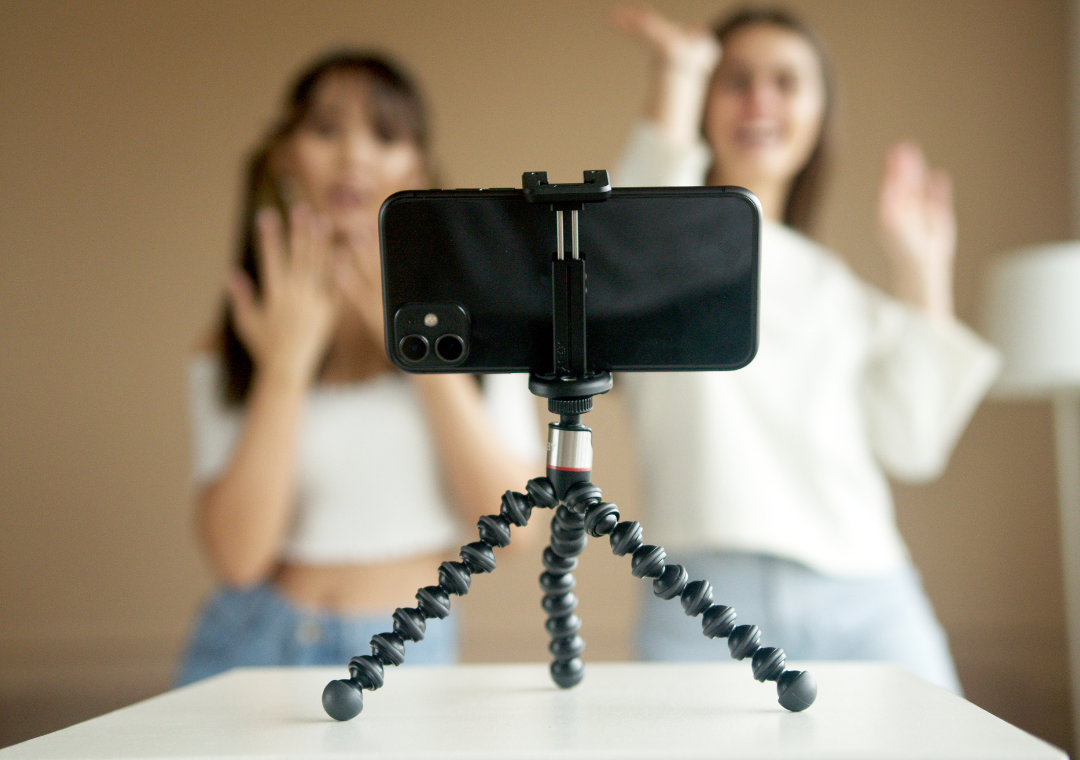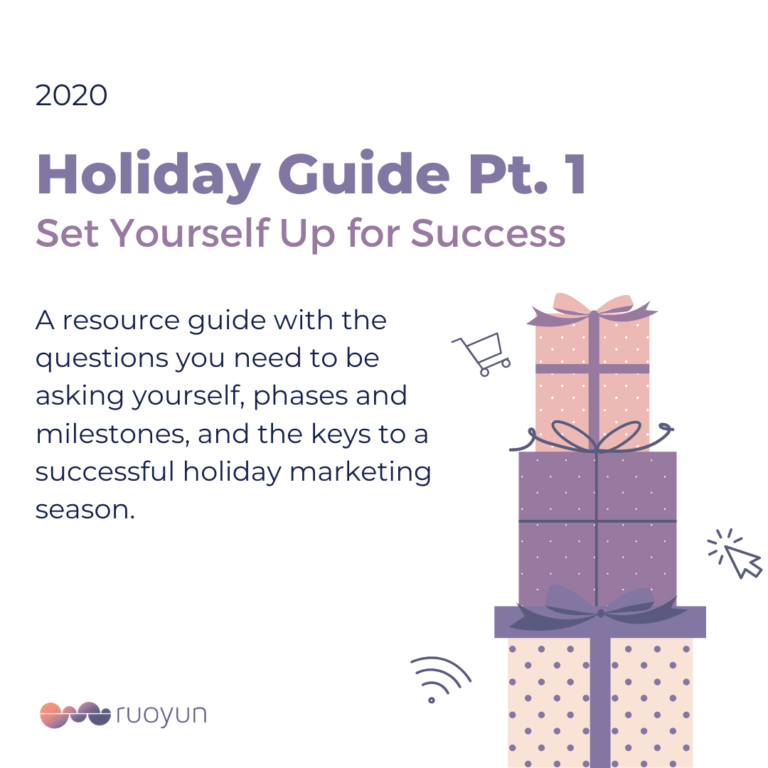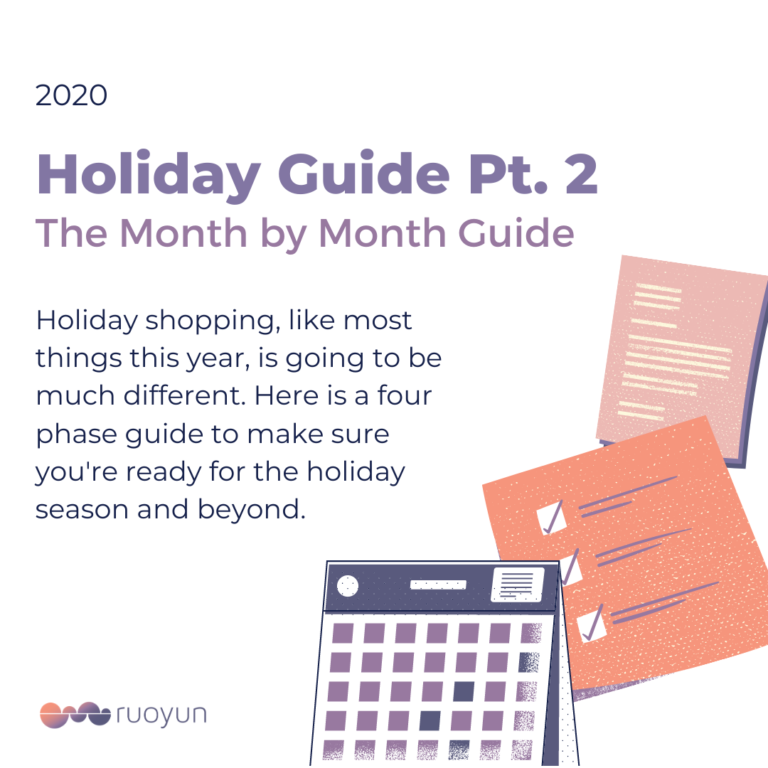Choosing your Medium of Creation
You’ve got your long-term marketing plan set. You have your audience, messaging, and offering all planned out. You have set up all of the social media platforms that you think you want to be posting on.
Next, you’re exploring how often you should post, and then you may enter the rabbit hole of Youtube and articles telling you that you have to post multiple times per day, all reels, etc.
And then suddenly you stop and say, “What the heck am I supposed to say?”
No worries, it’s ok to feel overwhelmed. Remember, most articles and blogs out there are very tactical single-topic articles designed to answer a single question for SEO. Meaning they have to keep it pretty simplistic in a way that will answer the question and be applicable to a variety of industries.
Having an overall system to decide what content you should be creating and how to build a following isn’t usually something discussed in a single article. It’s really an intricate flow chart of key questions that we answer to decide what you want to post and what medium to post it in.
Why do you need to create content?
You may also be wondering why do I need to create content?
You are creating content not just for the sake of creating content. You’re creating content to inspire action in your community.
Each content piece is designed to be a conversation starter. It’s not content for mindless consumption it’s more as if you’re hosting a series of talks – even as a product-based company – that people tune into and want to engage and be inspired to work with you.
It’s similar to a show, not every episode is designed to go viral but it’s the overall ongoing show that gets people to tune in again and again. When you’re creating content that resounds with your audience, it’ll naturally inspire engagement and increase the chance of that content piece going viral.
It’s easy to feel like social media and marketing are a content grind if there is no form of connection or direction. You may feel powerless when the next feature comes out and feel like you have to change your flow all over again.
However, the key to beating the algorithm is not about trying to stay ahead of the curve but adapting to the environment while maintaining your message. Rather than asking what form you should be posting, you should be asking what you’re going to say?
What am I going to say?
If you’re not sure of what to say, here are some jumping-off questions:
- What are the key topics in your product or service that you offer your customers that you always talk about?
- What are other topics that aren’t directly related to the sales conversation but it’s things that people are very passionate about?
- What other business developments, PR, events, and other marketing efforts are active that we want to account for as well?
But if you’re like me, you may be in the “too many ideas” camp. I have a lot that I want to say. I don’t have a problem with ideas but I have a problem with organizing what should go first.
Build a Following by Connecting Your Editorial Calendar to Your Message
Everything ties back to the larger narrative because that’s the reason why someone will be most likely to follow you to learn more. They’re pieces of a puzzle that creates the bigger picture of who you are like a social media grid is an ever-going infomercial of who you are and each post is designed to spark content.
As you create your editorial calendar the key question to ask are:
- What is the larger messaging theme that we want to push this time period? You don’t always need to talk about who you are every two seconds but in what ways can you show the results of what you create.
- Are there offers that we need to tie back towards by building education content that supports efforts further down the funnel? You may not need to create a ton of promotional posts but rather educational content to make sure the conversion rate further down the funnel is as optimized as possible.
- What are the monthly themes that are relevant to your audience that you want to talk about? Every brand has high seasons and low seasons so it’s about going back to that mindset journey and seeing them for where they are and where they’re going and how we can meet them in the content that we’re creating. Life flows in seasons and your customer’s mindset and likelihood to purchase your product/service will grow and wane throughout the year. Even if you’re an “all year round” business, there are still high peaks and low peaks.
Defining What Medium Starts with Defining the Why
This may seem counterintuitive because usually, we start with the question of “what’s the specs of the creative that we need” but the real question is, what is the intention of this piece of marketing.
- What’s the inspired action we’re looking to create for our customers? Each campaign has a “why” behind its creation. Tying it back to your editorial and long-term business goals will help us figure out what medium is.
- Longform or short form: Not all topics are made equal, sometimes you need the length of long-form content in order to get the point across. It doesn’t mean you can’t use short form it’s more like creating the long-form and then pulling clips that point back to the long form.
- How much interaction is needed in this content? Are you thinking of creating an engagement campaign like a giveaway, polls, or stories, or are you looking to do a live stream where people can comment and you can react as you go?
Mediums that you can create with:
At the end of the day, each main form of medium is another form of content consumption and the reason why there isn’t really a specific form or one form will die off compared to another digitally is because human beings seek information differently for different reasons. Some people may be more visual than they are audio so some may prefer a video vs an audiobook.
However, the ultimate question that we need to ask ourselves is:
- What medium are we personally most comfortable in expressing ourselves? Some of us are writers, some of us are one-take wonders and that’s all totally ok.
- How do you express yourself in real life? It’s about what you normally do when you’re working directly with your customer and how we can reflect that digitally. If you’re creating a very personable space for yourself and the community to interact live stream video may be more effective than normal video. If you’re showing off a product in action, the video may be more important than product photography.
Video is the #1 in the form of content
1 in 4 consumers watch videos made by a brand every month according to GWI Zeighiest. And if you’ve watched your engagement die because Instagram is now a video platform, not a photo platform, it’s time to jump on the Reels bandwagon.
There are so many forms of video and they can take a long time to produce. The secret is that one video you create can be transformed into at least 7 types of content. That way you’re stretching the time effort and as the saying goes, it takes 7 times before someone comes through. So for social media, create your content strategy with thematic messaging so it won’t feel overwhelming for yourself or your audience, and always point back to the main video or space on your website.
Types of video content can include:
- Youtube
- Reels/Tiktoks
- Videos on social media
- Livestreaming
- Vidcasts
Remember, just like how painting has many different mediums from acrylic to watercolor, social video is the same with Tiktoks/Reels to stories to Youtube videos. It’s also a new skill like painting that you have to learn so start with one medium and then work your way into the next. Each video medium is there for a reason, so ask yourself which medium will best help convey your message.
Creating a video doesn’t need to be a talking head all of the time either. Sometimes the best content is tutorials, where we watch a product happen, and just having a hand, is more personable than a single flat lay final shot. It’s about the action of the videos and how it’s produced that captures the attention of the viewer than needing a talking head or not.
Blogging is still really cool
No pun intended but with the power of Google, which scans through all of the blogs and SEO keywords on the internet, yes your blog can be found. It’s actually a great way to get in front of actively purchasing customers rather than passive consumption customers.
If you’re not comfortable with creating writing because you get lost in the never-ending editing loop. Sometimes creating the video first and transcribing and edited into a blog post is easier than starting from scratch.
The key question is that blogs are utilized more as evergreen resources that can be found via googleso when you’re writing blogs think of it more in an SEO context of what are people searching for.
It’s beyond keywords but actual phrases so thinking of common questions that you may get from your customers. It’ll also save you a lot of time because it’ll answer FAQs or sales questions and smooth the customer service experience.
Audio from podcasts to Clubhouse
Sometimes people prefer to just tune into an audio piece of content as they’re repotting plants or doing day-to-day chores or during their commute. This could be the one time every day that they get a chance to breath and be ready to learn. Which makes creating audio content super valuable because you have captive ears ready to be soothed by your knowledgeable voice.
Vidcasts, podcasts, and clubhouses are great ways that someone can go ahead and be ready to receive the content. As a content creator, it’s a great alternative to narrated videos and allows you to create a conversation environment.
Graphics and Photos are still relative, especially as UGC
Graphics and photos are still very popular, especially in the form of user-generated content. Not all of your customers are intuitively breaking out the camera to take videos. They’re probably more inclined to get that perfect selfie or photo. Instagrammable moments are still relative!
While video has taken center stage, graphics and photos give you the opportunity to create reminder content that reminds people to go back to the original long-form content. It’s still the most popular type of content on platforms like Linkedin and Pinterest. Plus it’s still super useful for users who prefer to glance in 3 seconds on social or newsletters, rather than sitting and watching for more than 30 seconds.
Remember it’s always about trying and learning what YOU like
It’s an iterative process y’all so there is no one safe answer and the mediums are constantly changing. But it’s about you having a defining compass to define how to try out one thing, assess, and iterate.
Iteration means trying new things so even if you have a post go viral it’s more than let’s create this one format of reels around food and rinse and repeat. Yes, that’s a form of the campaign but then you have other forms of the campaign that tells the whole story and attract a variety of people to you. The reason why is that if you only do one format and do not add on or branch out at some point you and your audience will get bored. And I’m serious we get bored, there is only so much content that one can do for a series of times lie if you’re a makeup artist there are so many times that you can do an eyeshadow tutorial or basics on makeup.
No matter what you decide to create, it’s about making sure you love it at the end of the day. Creating consistent content isn’t about always having the best and brightest idea, it’s about creating an environment that allows you to tap into your creative genius as quickly as possible.
If you’re interested in brainstorming and strategizing how to do things with your sanity in mind, feel free to contact me directly.






